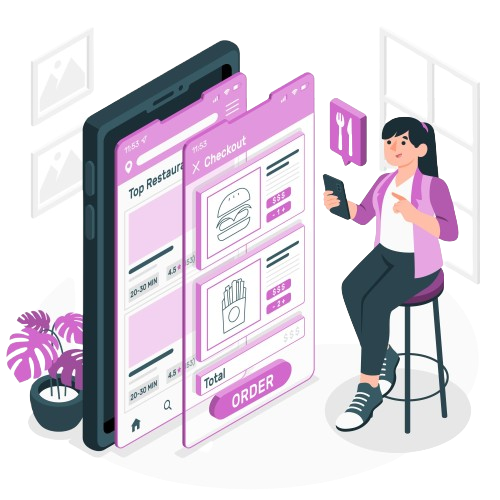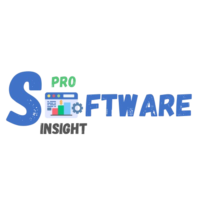Menu Management Software - The Power of Smart Software Solutions

Table of Contents:
Intro
- What is Menu Management Software?
- How Menu Management Software Benefits Restaurants & Food Businesses
- Challenges in Implementing Menu Management Software
- Conclusion
Running a successful restaurant isn’t just about serving delicious food—it’s about managing operations efficiently. One of the most overlooked yet crucial aspects of a restaurant’s success is menu management. Whether you’re a fine dining establishment, a quick-service eatery, or a cloud kitchen, how you structure and update your menu directly impacts your profitability and customer experience. This is where menu management software steps in as a game-changer, streamlining menu operations, optimizing costs, and ensuring seamless customer interactions.
What is Menu Management Software?
Menu management software is a digital solution designed to help restaurants, cafés, and food service businesses create, update, and optimize their menus across various platforms. It enables businesses to adjust pricing, modify dish descriptions, manage inventory, and synchronize changes in real time across POS systems, websites, and third-party delivery platforms.
How Menu Management Software Benefits Restaurants & Food Businesses
1. Centralized Menu Control
Managing a restaurant with multiple locations? Menu management software allows you to make updates centrally, ensuring consistency across all branches and online platforms.
2. Dynamic Pricing & Profitability Optimization
With real-time cost tracking and AI-driven insights, restaurants can tweak prices based on demand, ingredient costs, and seasonal changes to maximize profit margins.
3. Seamless Integration with POS & Online Platforms
Today’s dining experience extends beyond the physical restaurant—customers order through websites, mobile apps, and delivery services. Menu management software syncs updates across all these touchpoints to avoid pricing mismatches or outdated menu items.
4. Inventory & Waste Reduction
By linking menus to inventory management, businesses can track ingredient usage, prevent overstocking, and minimize food waste, leading to cost savings and sustainability improvements.
5. Enhanced Customer Experience & Customization
From highlighting dietary preferences to featuring limited-time offers, a well-managed menu enhances customer satisfaction by offering relevant, personalized choices.
Challenges in Implementing Menu Management Software
While menu management technology offers incredible benefits, restaurants may face certain challenges in adopting it:
- Learning Curve & Staff Training: Some software solutions can be complex, requiring training to fully leverage their features.
- Integration Issues: Not all systems integrate seamlessly with existing POS or third-party platforms, requiring careful selection.
- Initial Costs: High-end solutions may come with upfront investment costs, making it essential for businesses to choose a system that aligns with their budget and needs.
- Frequent Updates & Maintenance: Keeping up with software updates and ensuring compatibility with new technologies can be an ongoing effort.
FAQs
Can small restaurants benefit from menu management software?
Absolutely! Even small businesses can use basic software solutions to keep menus updated, manage inventory, and reduce waste, improving overall efficiency.
Does it work with third-party delivery services?
Yes, most modern menu management tools integrate with food delivery platforms, ensuring menu updates reflect in real time and reducing errors.
How does it help with compliance and allergen information?
Many systems allow restaurants to add allergen details, calorie counts, and dietary labels, ensuring compliance with food regulations and helping customers make informed choices.
What should I look for when choosing the software?
Look for features like integration with POS systems, real-time menu updates, ease of use, mobile accessibility, and robust reporting tools to track performance.
Conclusion
For restaurants aiming to stay competitive and boost efficiency, menu management software is no longer a luxury—it’s a necessity. From improving operational control to enhancing customer experience, it plays a pivotal role in streamlining menu updates and optimizing profitability. By selecting the right software and integrating it effectively, food businesses can future-proof their operations and focus on what truly matters—delivering exceptional dining experiences
